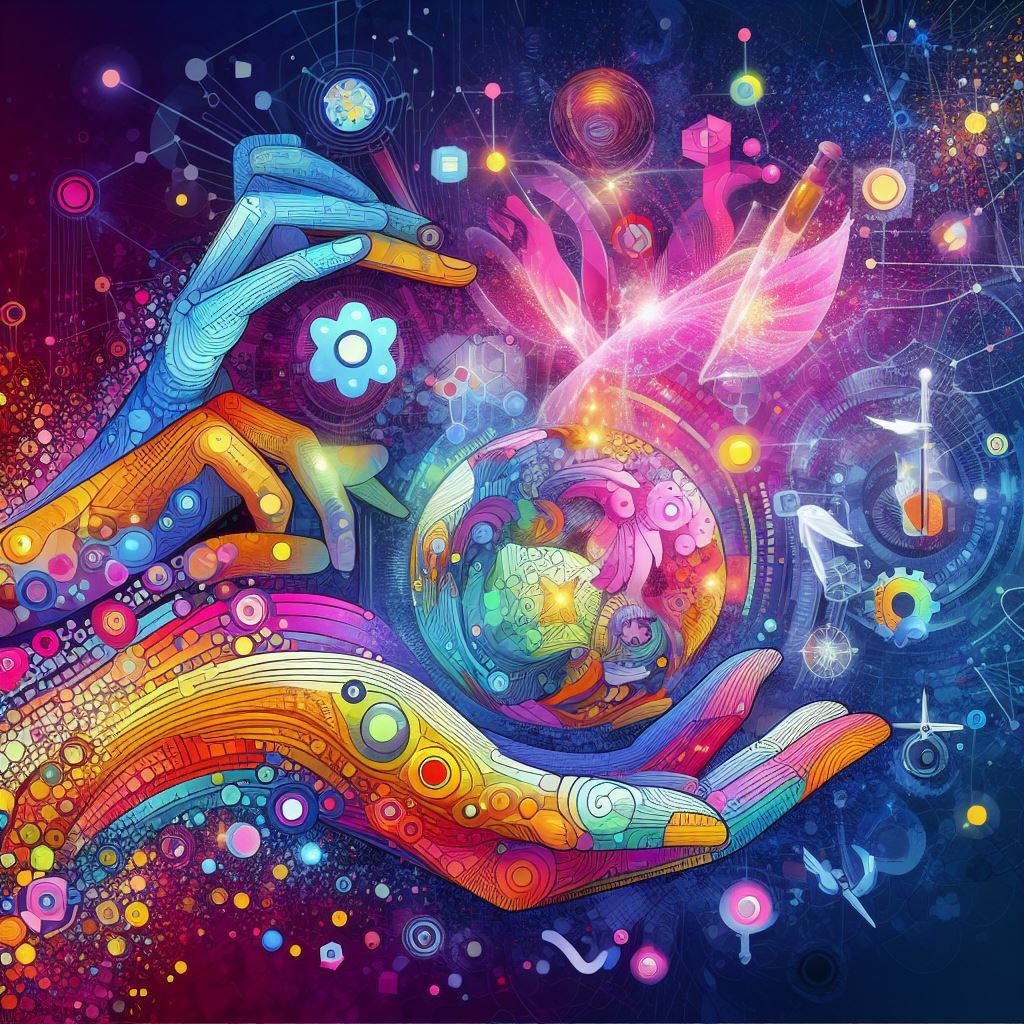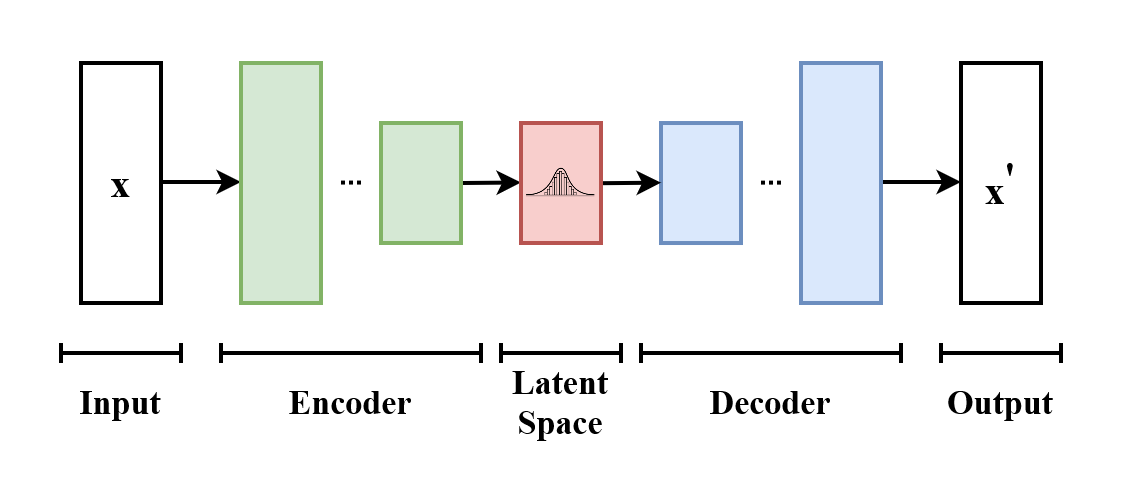In the ever-evolving landscape of artificial intelligence, a remarkable subset known as Generative AI has emerged, promising to revolutionize the way we perceive technology. For IT and business professionals navigating the complexities of the IT sector, understanding Generative AI is not just a choice—it's a necessity. In this comprehensive guide, we will delve into the depths of Generative AI, unraveling its intricacies, applications, and significance in the modern technological era.
Defining Generative AI
Generative AI, short for Generative Adversarial Networks (GANs), is a subset of artificial intelligence that focuses on enabling machines to generate new, previously unseen data, such as images, text, or even videos, mimicking human creativity and imagination. Unlike traditional AI models, which rely on vast amounts of existing data to make predictions or classifications, Generative AI goes a step further by creating entirely new data points that don't exist in the training dataset. This process involves two neural networks – a generator and a discriminator – engaged in a continuous battle, thus enhancing the model's ability to produce highly realistic outputs.

How Generative AI Works
Understanding the mechanics behind Generative AI is crucial for grasping its potential. Here's a simplified breakdown of how it operates:
Generator Network
The generator network's role is to create synthetic data samples that resemble the real data in the training set. It starts with random noise and refines its output through multiple iterations, attempting to fool the discriminator.
Discriminator Network
The discriminator network acts as the gatekeeper, distinguishing between real and generated data. It evaluates the samples from both the generator and the real dataset, aiming to identify any inconsistencies or deviations from reality.
Training Process
The generator and discriminator networks engage in a continuous feedback loop. As the generator improves its ability to create realistic data, the discriminator becomes more discerning. This iterative process continues until the generated data is virtually indistinguishable from real data.
Generative AI Model Types
Generative AI encompasses various model types, each designed for specific applications and creative outputs:
Variational Autoencoders (VAEs)

Wikpedia: The basic scheme of a variational autoencoder.
VAEs focus on generating new data points while also learning a compressed representation of the input data. This makes them suitable for tasks involving image editing, data compression, and creative content generation.
Recurrent Neural Networks (RNNs)

Wikpedia: Compressed (left) and unfolded (right) basic recurrent neural network.
RNNs excel in processing sequential data, making them ideal for tasks such as text generation, music composition, and language translation. They learn patterns from sequential data and generate coherent outputs based on the learned patterns.
Transformative Models
Transformative models, such as OpenAI's GPT (Generative Pre-trained Transformer) series, are designed for natural language processing tasks. They can generate human-like text, answer questions, and even engage in meaningful conversations.
Generative AI Applications
Generative AI's creative potential finds applications across diverse sectors, shaping the future of technology and human-machine interaction:
Creative Content Generation
Generative AI is used in the entertainment industry to create realistic characters, scenes, and animations for movies, video games, and virtual reality experiences.
Art and Design
Artists and designers leverage Generative AI to create unique artworks, generate design prototypes, and explore innovative concepts, blending human creativity with machine intelligence.
Healthcare and Drug Discovery
In healthcare, Generative AI aids in drug discovery by generating molecular structures, predicting potential drug interactions, and accelerating the research and development process.
Text-to-Image Synthesis
Generative AI can convert textual descriptions into visual representations, enabling applications like generating realistic product images from textual product descriptions in e-commerce.
Data Augmentation
Generative AI helps in expanding datasets for machine learning models by generating additional synthetic data, improving the models' accuracy and generalization capabilities.
Tools to Develop Your Own Generative AI Apps
Empowering IT professionals and developers to explore the realm of Generative AI, several tools have emerged to simplify the development process:
TensorFlow [link]
Google's open-source machine learning framework, TensorFlow, offers comprehensive support for developing Generative AI models. Its user-friendly APIs and extensive documentation make it a popular choice among developers.
PyTorch [link]
Developed by Facebook's AI Research lab, PyTorch provides dynamic computational graphs and an intuitive interface, making it an excellent tool for building Generative AI models, especially for research purposes.
GAN Libraries [link]
Dedicated libraries like NVIDIA's StyleGAN and DALL-E, as well as Hugging Face's Transformers library, offer pre-trained models and resources, enabling developers to kickstart their Generative AI projects with ease.
Unlocking the Future with Generative AI
Generative AI stands at the forefront of technological innovation, bridging the gap between human creativity and artificial intelligence. Its ability to generate new, realistic data has far-reaching implications, from transforming industries to enhancing human-machine interactions. As IT and business professionals, understanding the fundamentals of Generative AI equips you with the knowledge to explore its applications, integrate it into your projects, and pioneer groundbreaking solutions.
